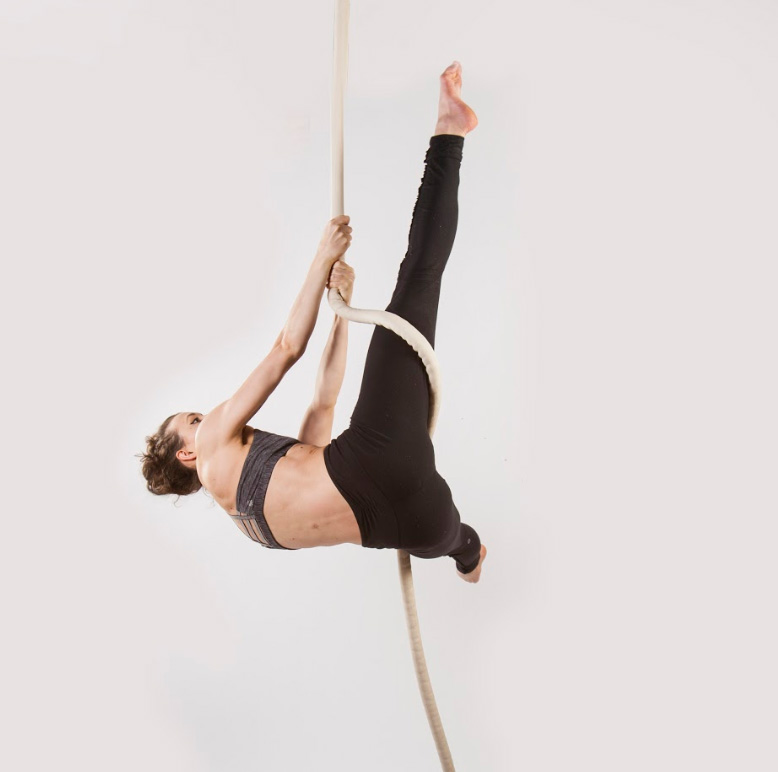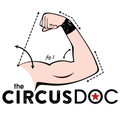 You are teaching a student a new skill. You know they have the strength and are ready. So, what will happen next?
You are teaching a student a new skill. You know they have the strength and are ready. So, what will happen next?
What can be the biggest predictor of success or failure? It’s your cues.
What sets great coaches apart is the ability to “speak” to their students and say the right thing at the perfect time. As a coach you must be able to communicate with your students in a way that makes sense to them and their body to enable them to learn. (Of course, there is also the bonus of great cues making you an entertaining coach that your students love.)
The first step is understanding the types of cues and learning how to recognize them. Using the position of the humerus in hanging as an example, here are the two major categories of cues for instruction
Internal Focus – directs students to their own actions
“rotate your arm to point your elbow forward”
External Focus – directs students to the effects of their actions
“break the bar behind you”
Both examples tell the student what you are looking for, but which is more successful?
External Focus!
It turns out, we humans learn faster and have more success when we let our unconscious processes take control and have greater accuracy with less effort.
While these cues require a bit more creativity, the benefits are clear. So, have your students “squeeze a pencil between their butt cheeks,” “shove a sword through the patriarchy,” or “shoot lasers from their toes” and they will have great success!
Thank you to the wonderful instructors and their brilliant external cues who inspired this post. You keep us all up in the air and excelling.
In case you are even tempted to flop off your apparatus just remember to worry “about the kittens!!!”
References
- Wulf G. Attentional focus and motor learning: a review of 15 years. Int Rev Sport Exerc Physiol 2013;6(1):77-104.
- Wulf G, Shea C, Lewthwaite R. Motor skill learning and performance: a review of influential factors. Med Educ 2010;44(1):75-84.
- Perkins-Ceccato N, Passmore S, Lee T. Effects of focus of attention depend on golfers’ skill. J Sports Sci 2003;21(8):593-600.
- Benjaminse A, Welling W, Otten B, Gokeler A. Novel methods of instruction in ACL injury prevention programs: a systematic review. Phys Ther Sports 2014 Jun 19. [Epub ahead of print]
- Benjaminse A, Otten E. ACL injury prevention: more effective with a different way of motor learning? Knee Surg Sports Traumatol Arthrosc 2011;19(4):622-627.
- Gokeler A et al. The effects of attentional focus on jump performance and knee joint kinematics in patients after ACL reconstruction. Phys Ther Sports 2014 doi: 10.1016/j.ptsp.2014.06.002
- Ford K, Taylor J, Nguyen A-D, Hegedus E. Use of a virtual reality overhead goal improves vertical jump performance and biomechanics. Abstract presented at World Congress of Biomechanics, Boston, July 2014.
- Ford KR, DiCesare CA, Myer GD, Hewett TE. Real-time biofeedback to target risk of anterior cruciate ligament injury: A technical report for injury prevention and rehabilitation. J Sport Rehabil 2014 Jun 23. [Epub ahead of print]
Photo courtesy of Danny Boulet of WittyPixel Photography featuring artist Jody Poth.
